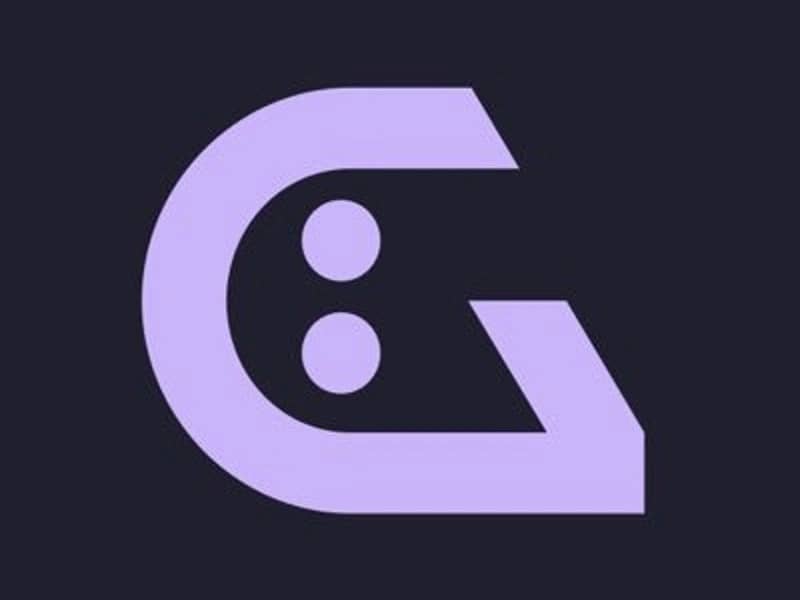위키 구독하기
Share wiki
Bookmark
GHO (GHO)
GHO (GHO)
GHO는 Aave 프로토콜에 속한 탈중앙화된 초과 담보화 스테이블코인입니다. 시장 메커니즘을 통해 가치를 유지하도록 설계되어 탈중앙화 금융(DeFi) 생태계 내에서 안정성을 제공합니다. [2][3][5]
개요
GHO는 Aave 프로토콜 내에서 작동합니다. 다른 자산과 달리, 차입 및 상환 중에 스마트 계약에 의해 생성 및 소각됩니다. 이는 GHO 오라클 가격이 시장 변동과 무관하게 1달러로 고정되어 가격 안정성을 유지하는 데 도움이 됩니다. 이 고정 가격은 스테이블코인의 가치가 일관되게 유지되도록 하는 데 기여합니다. 사용자에 의해 공급되는 것이 아니라, 필요에 따라 프로토콜에 의해 GHO가 생성되며, 대출 전에 사용자 참여가 필요한 기존 자산보다 더 유연성을 제공하고자 합니다. [1][5][6][9]
Arbitrum Layer 2의 GHO
2024년 7월 2일, Ethereum 트랜잭션의 처리량을 개선하고 관련 비용을 줄이도록 설계된 Layer 2 확장 솔루션인 Arbitrum에 배포되었습니다. Arbitrum은 Ethereum 메인넷 외부에서 트랜잭션을 처리하면서도 Ethereum의 보안 기능을 활용합니다. 이러한 설정은 가스 수수료를 줄이고 처리 시간을 단축하여 GHO 트랜잭션의 확장성과 효율성을 높이는 것을 목표로 합니다. [1][2]
통합
GHO는 e-mode, isolation mode, 공급 상한과 같은 위험 완화 기능을 활용하는 Aave V3 Ethereum 풀에 통합되어 있습니다. 이러한 기능은 프로토콜 내에서 차입 및 대출과 관련된 위험을 관리하는 데 도움이 됩니다. GHO 통합의 핵심 요소는 촉진자의 역할입니다. Aave 거버넌스에 의해 승인된 촉진자는 GHO 토큰을 발행하고 소각할 수 있습니다. 그들은 GHO 생성에 다양한 전략을 적용하여 스테이블코인에 유연성과 유용성을 제공하고자 합니다. [5][4][9]
Chainlink와의 통합
GHO는 정확하고 최신의 가격 데이터를 제공하기 위해 Chainlink의 탈중앙화된 오라클 네트워크를 활용합니다. Chainlink는 여러 소스의 데이터를 집계하여 GHO 스마트 계약에 신뢰할 수 있는 가격 정보를 제공하는 오라클 시스템을 제공합니다.
Chainlink와의 통합은 담보 및 담보 대비 대출 비율을 계산하는 데 사용되는 시장 가격이 최신이고 정확하도록 함으로써 GHO의 기능을 지원합니다. 이는 GHO 가치의 안정성을 유지하고 가격 조작과 관련된 잠재적인 문제를 방지하며 탈중앙화 금융(DeFi) 생태계 내에서 스테이블코인의 안정성에 기여하는 것을 목표로 합니다. [4]
토큰 경제학
GHO는 초과 담보화된 스테이블코인이며, 즉 각 GHO 토큰은 1달러 이상의 담보로 뒷받침됩니다. 이 모델은 DeFi 생태계 내에서 GHO의 안정성을 보장하고자 합니다. GHO를 뒷받침하는 담보에는 Aave 프로토콜에서 사용 가능한 다양한 자산이 포함되며, 다양한 기반을 제공하고자 합니다. GHO 차입에 대한 이자율은 Aave 거버넌스에 의해 결정되며 안정성을 유지하기 위해 주기적으로 조정될 수 있습니다. GHO 부채에 대한 발생 이자는 자산 공급자에게가 아니라 Aave DAO로 전환되어 DAO 재무부에 기여합니다. [4][2][3][1][5][7][9]
안정성 메커니즘
GHO의 안정성을 보장하기 위해 여러 가지 메커니즘이 마련되어 있습니다. 고정된 오라클 가격, 거버넌스 설정 이자율 및 초과 담보화 모델은 모두 GHO의 가치를 유지하는 데 기여합니다. 또한, 할인 모델은 사용자가 안전 모듈에 AAVE 토큰을 스테이킹하도록 유도하여 차입 이자율 할인을 제공합니다. 이는 참여를 장려할 뿐만 아니라 스테이블코인의 전반적인 안정성을 지원하는 것을 목표로 합니다. [4][1][2][5]
위험 관리
Aave DAO는 Aave 풀에 나열된 담보 자산과 해당 구성을 관리할 책임이 있습니다. 프로토콜은 위험 관리 전략과 시장 시뮬레이션 데이터를 사용하여 의사 결정을 내립니다. GHO는 담보 요건 및 청산 프로세스를 포함하여 Aave 풀에 내재된 주요 위험 완화 속성의 이점을 누립니다. 이러한 조치는 프로토콜과 사용자를 잠재적인 시장 변동으로부터 보호하기 위해 마련되었습니다. [6][8]
스마트 계약 보안
GHO와 관련된 스마트 계약은 철저한 내부 및 외부 검토, 감사원의 공식적인 검증 및 커뮤니티의 면밀한 조사를 거쳤습니다. 잠재적인 취약성에 대한 지속적인 경계를 유지하기 위해 활성 버그 바운티 프로그램이 시행되고 있습니다. 이러한 노력은 보안 표준을 유지하고 스테이블코인의 무결성을 보호하는 것을 목표로 합니다. [4][5][9]
잘못된 내용이 있나요?
